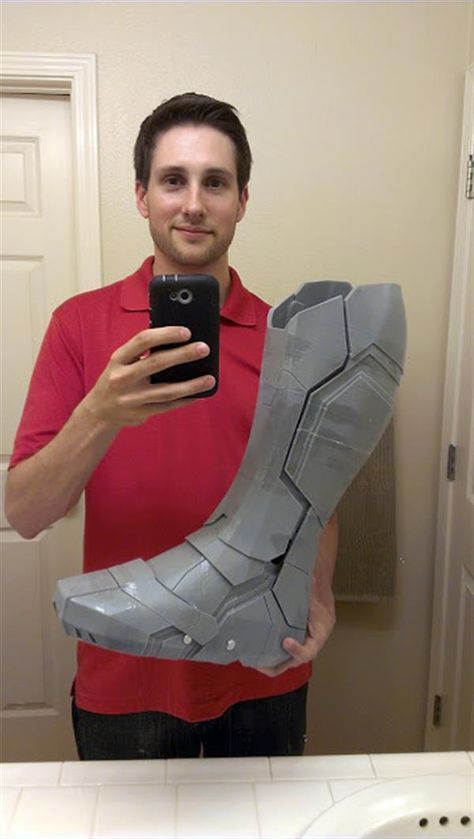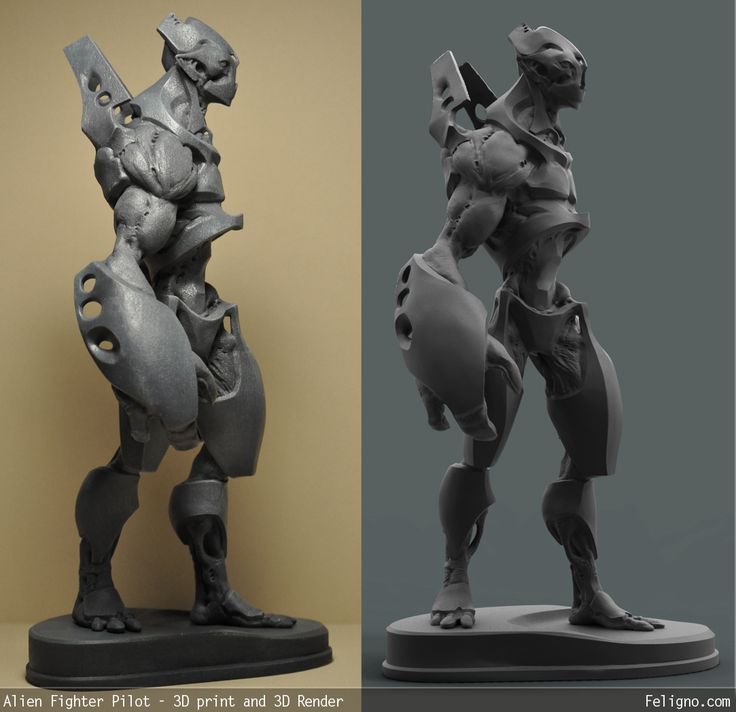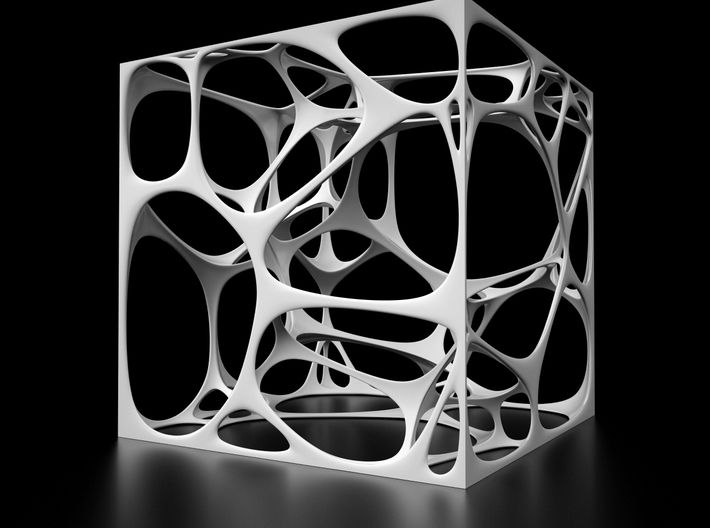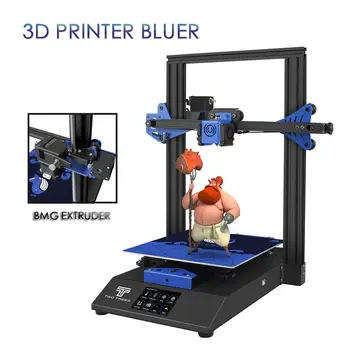Dreve 3d printing
3d
3dFrom scan to end product
We print it
You print it
Scanning
Modelling
Print@Dreve
3D Printer Qualified by Dreve
3D printing with FotoDent®
Cleaning with FotoClean and Ultrasonic
Curing with PCU LED N2
End product
With the 3D printing products from Dreve, you get everything from a single source for your uncomplicated and successful entry to generative manufacturing:
The Phrozen Sonic XL 4K 2022 Qualified by Dreve 3D printer, the wide range of customized FotoDent® resins for every dental need, cleaning with FotoClean and the matching PCU LED N2 as a post-curing unit. The result: Ideal 3D printed products that are more precise and last longer.
The Phrozen Sonic XL 4K 2022 Qualified by Dreve with the adjusted slicer for Dreve's profiles is key of the validated process chain. Together with the FotoDent® resins, it ensures a smooth and intuitive workflow with precise printing results.
Compact LCD desktop printer with 52µ print precision thanks to 4K display and high light intensity for fast construction times.
The high-quality processed full metal housing, a huge build platform and an easy handling of the vat make the Dreve version of the Sonic XL 4K 2022 a user-friendly 3D printer for all dental applications.
To the Shop
Highlights
- Adjusted slicer and optimized Dreve printing profiles for top results
- Large build volume
- W-LAN, LAN and USB connection
- Touchscreen with intuitive software
- Web-based control and monitoring
- Low maintenance and professional support
Downloads
Device card
Leader in detail precision in 3D print resin manufacturing: With our FotoDent® materials, you benefit from our longtime expertise with many innovations in medical 3D printing.
FotoDent® resins
Biobased dental models
Dental models, beige
Dental models, black
Dental models, white
Dental setup models
Dental drill guides
Castable moldings
Denture bases
Dental gingiva masks
Dental individual trays
Indirect bonding trays
3D print matrix
| Material | Printer | Phrozen Sonic XL 4K 2022 | Ackuretta | Asiga | Carbon | MiiCraft | Rapid Shape | Stratasys | W2P | |
|---|---|---|---|---|---|---|---|---|---|
| FotoDent® denture | o | • | o | • | • | • | o | ||
| FotoDent® IBT | • | • | • | o | • | o | |||
| FotoDent® guide | • | • | • | • | • | o | |||
| FotoDent® splint* | • | o | • | o | |||||
| FotoDent® tray | • | • | • | • | • | • | o | ||
| FotoDent® cast | o | • | • | • | • | • | o | ||
| FotoDent® setup | • | • | • | o | |||||
| FotoDent® model | o | • | • | • | • | o | |||
| FotoDent® model2 | • | • | • | • | o | ||||
| FotoDent® gingiva | o | • | • | • | • | o |
*in registration
• Print parameter available
o Print parameter available soon
Partners
PCU LED N2
Laboratory unit on LED-basis for the curing of 3D printed parts
Ensuring of mechanics and biocompatibility through effective deep curing.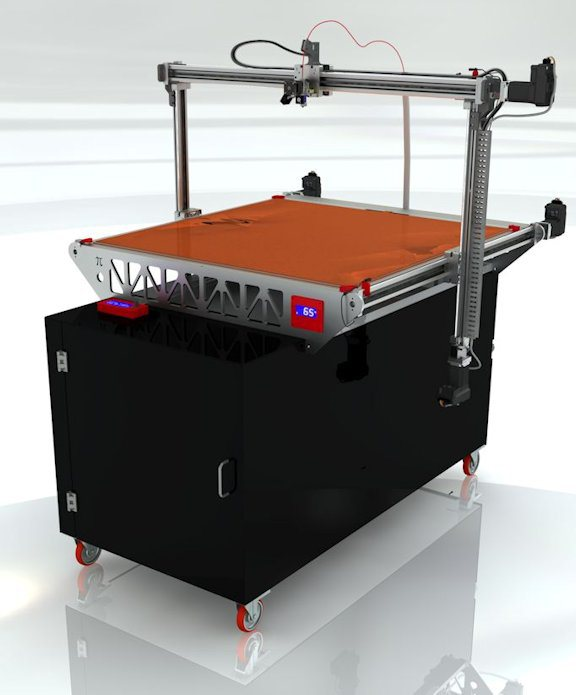 Two different curing enviroments selectable depending on the application area. The additionally eligible nitrogen enviroment of PCU LED N2 ensures cured components without inhibition layer - for laboratory and medical devices.
Two different curing enviroments selectable depending on the application area. The additionally eligible nitrogen enviroment of PCU LED N2 ensures cured components without inhibition layer - for laboratory and medical devices.
To the Shop
Highlights
- Open system with 10 freely programmable memories
- Easy operating concept with electronic control system
- Logging and monitoring of the process parameters
- Different curing enviroments
Material data
| Color | red |
| Dimensions (H x W x D) | 110 x 389 x 276 mm |
| Weight | 9.3 kg |
| Voltage | 100–240 V / 50–60 Hz, 0.7 A |
FotoClean
FotoClean is a ready-to-use, water-based cleaning mixture for use in the heated ultrasonic cleaning device Bandelin for cleaning additively manufactured components.
The safe choice: FotoClean is water-based and therefore non-flammable. Currently, the highly flammable Isopropanol (IPA) is still often used to clean 3D printed components. An unnecessary source of danger!
To the Shop
Your convenient order portal for 3D dental models "Made in Germany". Whether prosthetics, orthodontics or medical devices. Absolutely precisely detailed in production, maximum open system with a validated process chain. In line with the principle of "one-stop shopping": From data validation to final curing, our highly skilled technical support ensures the highest industry standard for your model. Not only in consistent quality, but also in record time: Thanks to the uniform process management your model leaves our factory within 24 hours.
Print@Dreve
Prosthetics models
Orthodontic models
Indirect bonding trays
Splints
Drill guides
Individual impression trays
Gingiva masks
Implant holes
Top3D Printing Guides for Dreve Resins
From the 2. 15.0 Z-SUITE update, it is possible to print with resins delivered by Dreve. The update includes printing profiles for FotoDent® model and FotoDent® guide resins, which are suitable for dental applications. The FotoDent model resin can be used in orthodontics and prosthetics, allowing users to produce stable models resistant to moisture and abrasion. The FotoDent guide resin is dedicated for printing biocompatible dental drill guides with high dimensional accuracy. This article provides details about the resins’ features and instructions for the printing process.
15.0 Z-SUITE update, it is possible to print with resins delivered by Dreve. The update includes printing profiles for FotoDent® model and FotoDent® guide resins, which are suitable for dental applications. The FotoDent model resin can be used in orthodontics and prosthetics, allowing users to produce stable models resistant to moisture and abrasion. The FotoDent guide resin is dedicated for printing biocompatible dental drill guides with high dimensional accuracy. This article provides details about the resins’ features and instructions for the printing process.
Properties
- Flexular strength – ≥ 85 MPa
- Elongation at break – > 11 – 15 %
- Flexural modulus – ≥ 1750 MPa
- Hardness – 80 – 85 Shore D
- Viscosity – 0.8 – 1.2 Pa*s
Instructions for Printing
- Shake the bottle with resin approximately 1 hour before use,
- Wear personal protective equipment (suitable gloves, safety googles, etc.
 ),
), - A direct post-treatment is recommended after the printing process,
- Allow the resin to drip off of the model for at least 10 minutes after the printing process,
- Clean your models from the liquid resin before removing supports and raft to avoid warpage.
Print Settings
First, change the Material Group to External, and then select the Dreve FotoDent Model from the drop-down list.
Next, set the Layer thickness with which you are going to print your model. This parameter determines the height of each layer. Finer layers provide better surface quality but make the printing process more time-consuming.
Properties
- Density – 1.1 – 1.2 g/cm2
- Viscosity – 0.65 – 1.05 Pa*s
- Flexural modulus – > 1700 MPa
- Flexular strength – ≥ 75 MPa
- Elongation at break – > 10 – 15 %
- Hardness – > 80 – 85 Shore D
Instructions for Printing
- Shake the bottle with resin approximately 1 hour before use,
- Wear personal protective equipment (suitable gloves, safety googles, etc.
 ),
), - A direct post-treatment is recommended after the printing process,
- Allow the resin to drip off of the model for at least 10 minutes after the printing process,
- Clean your models from liquid resin before removing supports and raft to avoid warpage.
Print Settings
First, change the Material Group to External, and then select the Dreve FotoDent Guide from the drop-down list.
Next, set the Layer thickness with which you are going to print your model. This parameter determines the height of each layer. Finer layers provide better surface quality but make the printing process more time-consuming.
Thank you for your feedback.
What is 3D printing and how it can be used! Interesting!
What is 3D printing
3D printing technology was patented in the 80s of the last century, but gained popularity relatively recently. New, promising techniques have been developed and the possibilities of 3D technologies have reached a completely new level. However, to this day, the technique is not known in all circles, and not everyone is aware of what 3D printing is. In today's article, we will try to explain in detail and in an accessible way what 3D printing is and where it is used.
However, to this day, the technique is not known in all circles, and not everyone is aware of what 3D printing is. In today's article, we will try to explain in detail and in an accessible way what 3D printing is and where it is used.
In short, 3D printing is a technique for manufacturing three-dimensional products based on digital models. Regardless of the specific technology, the essence of the process is the gradual layer-by-layer reproduction of objects.
This process uses a special device - a 3D printer, which prints certain types of materials. More details about it are written here. Other names for the technology are rapid prototyping or additive manufacturing. Often the phrase "additive technologies" is used in the meaning of "3D technologies".
3D printing steps
To make it clearer what 3D printing is, let's take a look at the playback process step by step. Below are the specific stages of 3D printing. How it works:
- 3D modeling of the required object is performed according to certain rules;
- The file with the digital model is loaded into the slicer program, which generates the control code for the 3D printer;
- Sets required 3D printing options;
- The code is written to a removable memory that connects to the 3D printer;
- 3D model reproduced.
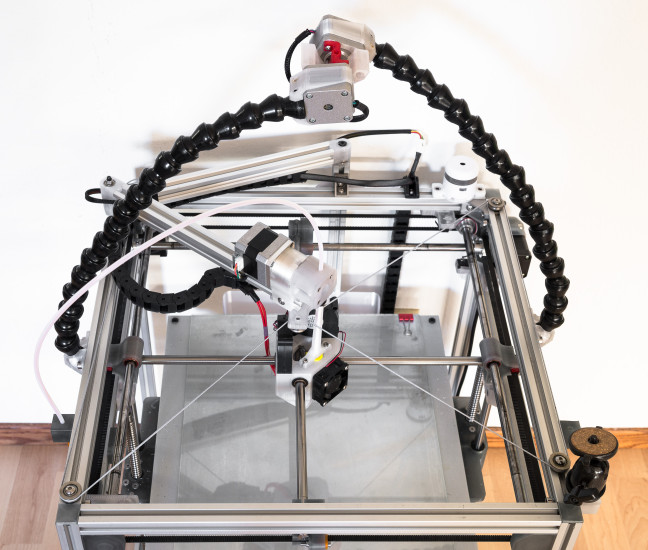
Objects are reproduced gradually. According to the required shape, the selected material is applied layer by layer, forming the finished product. It is worth noting that the possibilities of 3D printing are almost limitless, that is, anything can be made. In some technologies, very thin overhanging elements are provided with supports, thanks to which they can be avoided from sagging.
Naturally, this is a very simplified description of the stages of 3D printing, but they give a very clear idea of the essence of the technique.
Other questions and answers about 3D printers and 3D printing:
- Basics What is 3D scanning?
- Basics What is a 3D model?
3D Printing Technologies
Different 3D printing technologies are used to reproduce different objects. They differ both in the consumables used, and in the speed and accuracy of printing. Here are the main 3D printing technologies:
- Fused deposition modeling (FDM) .
 One of the most common 3D printing technologies, used in most desktop 3D printers, and represents an ideal price / quality ratio. Printing occurs by layer-by-layer supply of a thread of molten plastic;
One of the most common 3D printing technologies, used in most desktop 3D printers, and represents an ideal price / quality ratio. Printing occurs by layer-by-layer supply of a thread of molten plastic; - Laser stereolithography (SLA) . The formation of the object occurs due to the layer-by-layer illumination of a liquid photopolymer resin by a laser, which hardens under the influence of radiation. One of the variations of this technology is DLP 3D printing. It uses a special projector instead of a laser. Both 3D printing methods are used to create objects with a high degree of detail. In the case of DLP printing, speed is also an added advantage;
- Selective laser sintering (SLS) . Reproduction is performed by layer-by-layer melting of a special powder under the action of laser radiation. This 3D printing method is widely used in the industry for the manufacture of durable metal elements
3D Printing Applications
As you may have guessed by now, 3D printing is extremely versatile. The second name of the technology - rapid prototyping - speaks for itself. In the manufacture of prototypes and models of models, 3D printing can be simply indispensable. It is also a very cost-effective solution for small-scale production. In the aerospace and automotive industries, 3D technologies are already being used with might and main due to the high profitability and speed of manufacturing components. Culinary professionals are working on the development of 3D food printers, and in medicine, 3D printing has become something of a technology of the future. With the help of 3D bioprinting, it is planned to produce bones, organs and living tissues, but for now, implants and full-fledged medicines are printed on 3D printers. Desktop 3D printers can be used for domestic purposes: for repairs, making various household items, and so on. And designers, fashion designers, sculptors and artists appreciate the possibilities of 3D printing and 3D modeling as an unusual way to realize their talent.
The second name of the technology - rapid prototyping - speaks for itself. In the manufacture of prototypes and models of models, 3D printing can be simply indispensable. It is also a very cost-effective solution for small-scale production. In the aerospace and automotive industries, 3D technologies are already being used with might and main due to the high profitability and speed of manufacturing components. Culinary professionals are working on the development of 3D food printers, and in medicine, 3D printing has become something of a technology of the future. With the help of 3D bioprinting, it is planned to produce bones, organs and living tissues, but for now, implants and full-fledged medicines are printed on 3D printers. Desktop 3D printers can be used for domestic purposes: for repairs, making various household items, and so on. And designers, fashion designers, sculptors and artists appreciate the possibilities of 3D printing and 3D modeling as an unusual way to realize their talent.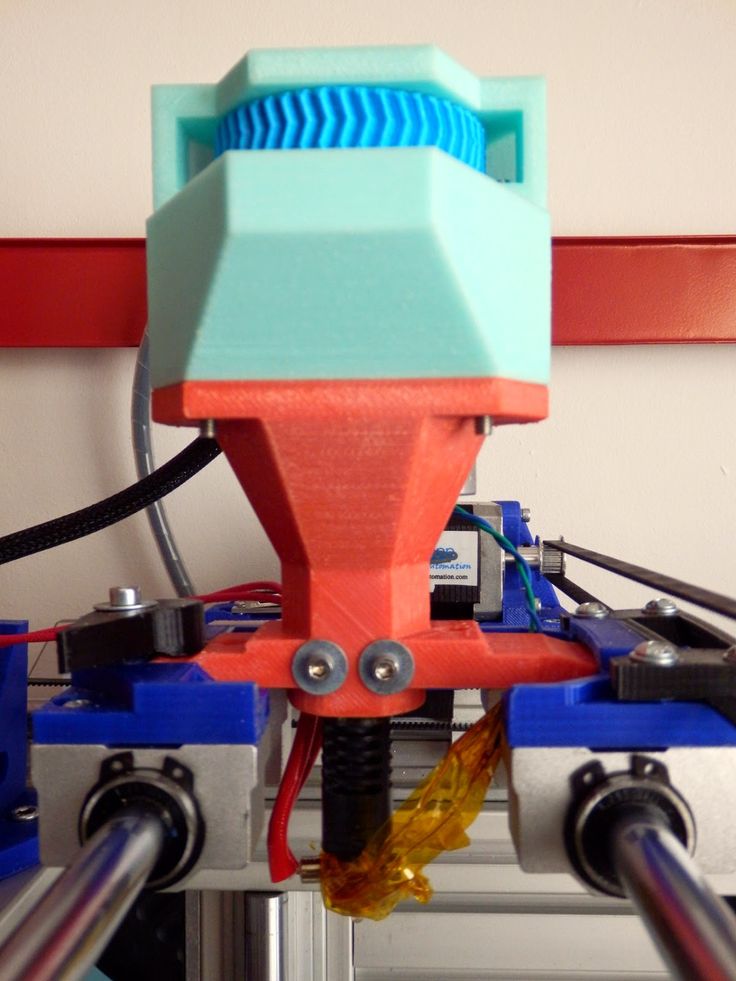
Well, that was a brief description of what 3D printing is. We hope we were able to provide the necessary information in an accessible way. If you have additional questions that we have not covered, write to us by e-mail and we, if necessary, will add your questions! Best regards, 3DDevice team.
We also want to remind you about the possibility to order 3D printing, 3D scanning, 3D modeling services or purchase of related equipment and consumables with delivery throughout Ukraine in 3DDevice. If you have any questions, please contact us at one of the phone numbers listed here. We look forward to collaborating!
Return to the main
90,000 Irkutsk students constructed a 3D printer for printingNews
Subscribe to
Subscribe
I do not want
6
9000 real snow. Designers plan to use the technology to create art objects, windproof walls and play labyrinths for children's winter playgrounds.
3D printer designed and assembled as part of the discipline "Project activity" for third-fourth year students. The team is headed by the head of the Quantum student scientific society Roman Kononenko, and the idea of the "snow" printer belongs to Sergey Mayarenkov, professor of practice at IRNITU. He promotes the Winter City project, which involves the creation of creative public spaces and innovative technologies that provide a comfortable life in winter, the press service of the university reports.
Based on an old CNC milling machine. The system was equipped with a screw pump with a funnel printed on a conventional 3D printer. The device processes the snow into a mushy mass, and then feeds it into a hose that goes to the head.
“The device is controlled by a controller and a laptop. We also modified the Mach4 software, which is usually used in working with CNC machines. The work is exciting, but difficult, because we set up the most non-standard parameters..jpg) So, the nozzle diameter in a conventional 3D printer is 0.4 mm, in our device it is 20 mm. In this regard, we had to adapt the Cura Ultimaker program for plastic printing to the project,” Georgy said.
So, the nozzle diameter in a conventional 3D printer is 0.4 mm, in our device it is 20 mm. In this regard, we had to adapt the Cura Ultimaker program for plastic printing to the project,” Georgy said.
In mid-November, students are planning to start testing the apparatus with snow. The developers will have to determine the throughput of the device, 3D printing parameters, including the height and width of the snow layer, the speed of rotation of the auger and mass supply.
After graduating from the university, Georgy and Anatoly plan to install, program and adjust robotic systems at large industrial sites, including car factories, and they consider participation in design work to be a kind of industrial practice.
“It is important for roboticists to understand the structure of parts, to navigate the laws of physics, mechanics, electronics and programming, so our profession can be compared to medicine, which requires thorough knowledge of the subject, the ability to understand related sciences,” Georgy explained.


